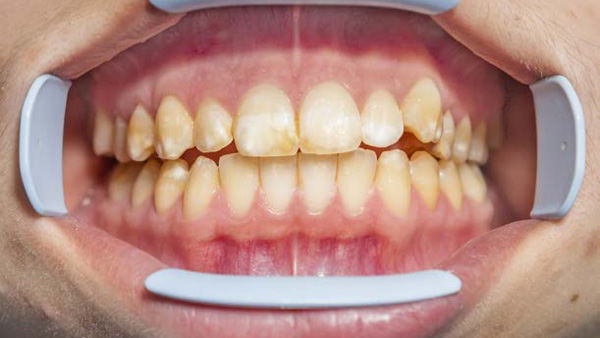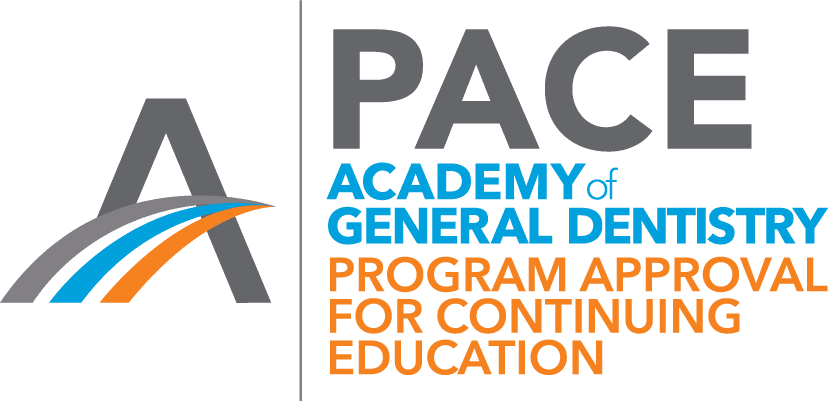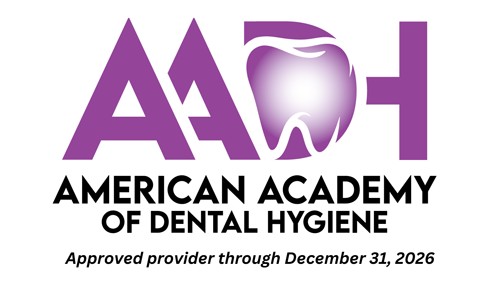A white spot lesion (WSL) is an early-stage carious lesion that presents clinically as an area of increased whiteness and opacity in the enamel. WSLs may occur independently of orthodontic therapy as a result of poor oral hygiene; however, they are commonly associated with postorthodontic treatment outcomes. Around one half of orthodontic patients will develop one or more WSLs following orthodontic treatment. The best way to manage WSLs is to prevent them from forming in the first place. When this is not possible, dental health-care providers may use minimally invasive treatments such as microabrasion or resin infiltration to minimize the effects of WSLs and restore optimal esthetics.
Educational objectives
At the conclusion of this educational activity, participants will be able to:
- Identify the etiological factors that contribute to the development of white spot lesions
- Explore evidence-based insights into the latest advancements in clinical approaches for the prevention of WSLs, including remineralization techniques
- Gain proficiency in the application of minimally invasive procedures such as microabrasion and resin infiltration for the effective treatment of existing WSLs
- Acquire practical knowledge and strategies that enable dental professionals to proactively address WSLs during and after orthodontic treatment, ultimately optimizing treatment outcomes and enhancing patient satisfaction
About the Author

Logan Smith, DDS, is a dedicated dental professional currently pursuing advanced training in orthodontics at Saint Louis University, Center for Advanced Dental Education. A graduate of the University of Colorado, School of Dental Medicine, Logan was born and raised in Littleton, Colorado. As a first-generation college graduate, Logan is passionate about expanding access to quality dental care.
Quick Access Code: 22369
Image credit: 72387534 © Algirdas Gelazius | Dreamstime.com






